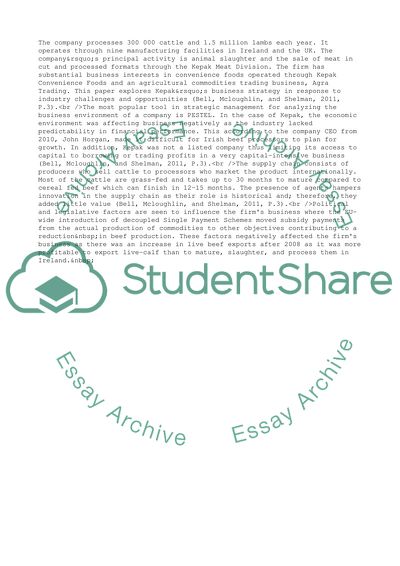Cite this document
(The Strategic Situation of Kepak Coursework Example | Topics and Well Written Essays - 2250 words - 1, n.d.)
The Strategic Situation of Kepak Coursework Example | Topics and Well Written Essays - 2250 words - 1. https://studentshare.org/management/1800560-kepak-strategy
The Strategic Situation of Kepak Coursework Example | Topics and Well Written Essays - 2250 words - 1. https://studentshare.org/management/1800560-kepak-strategy
(The Strategic Situation of Kepak Coursework Example | Topics and Well Written Essays - 2250 Words - 1)
The Strategic Situation of Kepak Coursework Example | Topics and Well Written Essays - 2250 Words - 1. https://studentshare.org/management/1800560-kepak-strategy.
The Strategic Situation of Kepak Coursework Example | Topics and Well Written Essays - 2250 Words - 1. https://studentshare.org/management/1800560-kepak-strategy.
“The Strategic Situation of Kepak Coursework Example | Topics and Well Written Essays - 2250 Words - 1”. https://studentshare.org/management/1800560-kepak-strategy.


